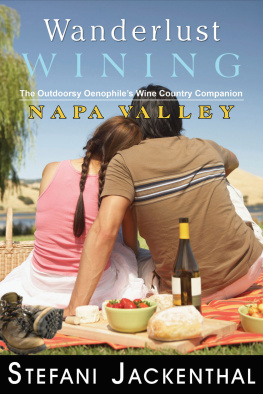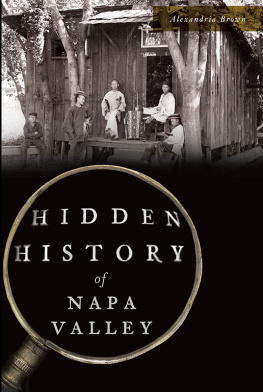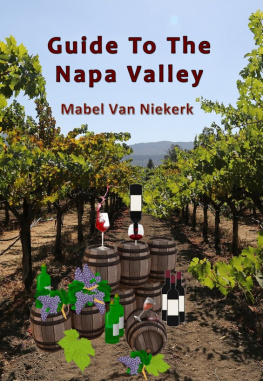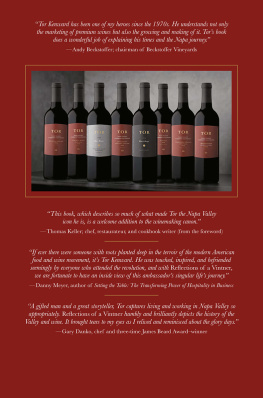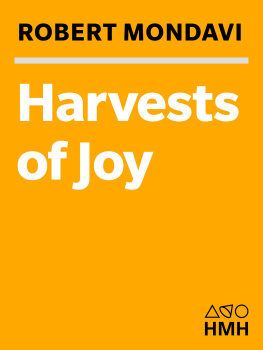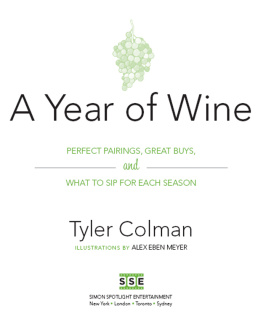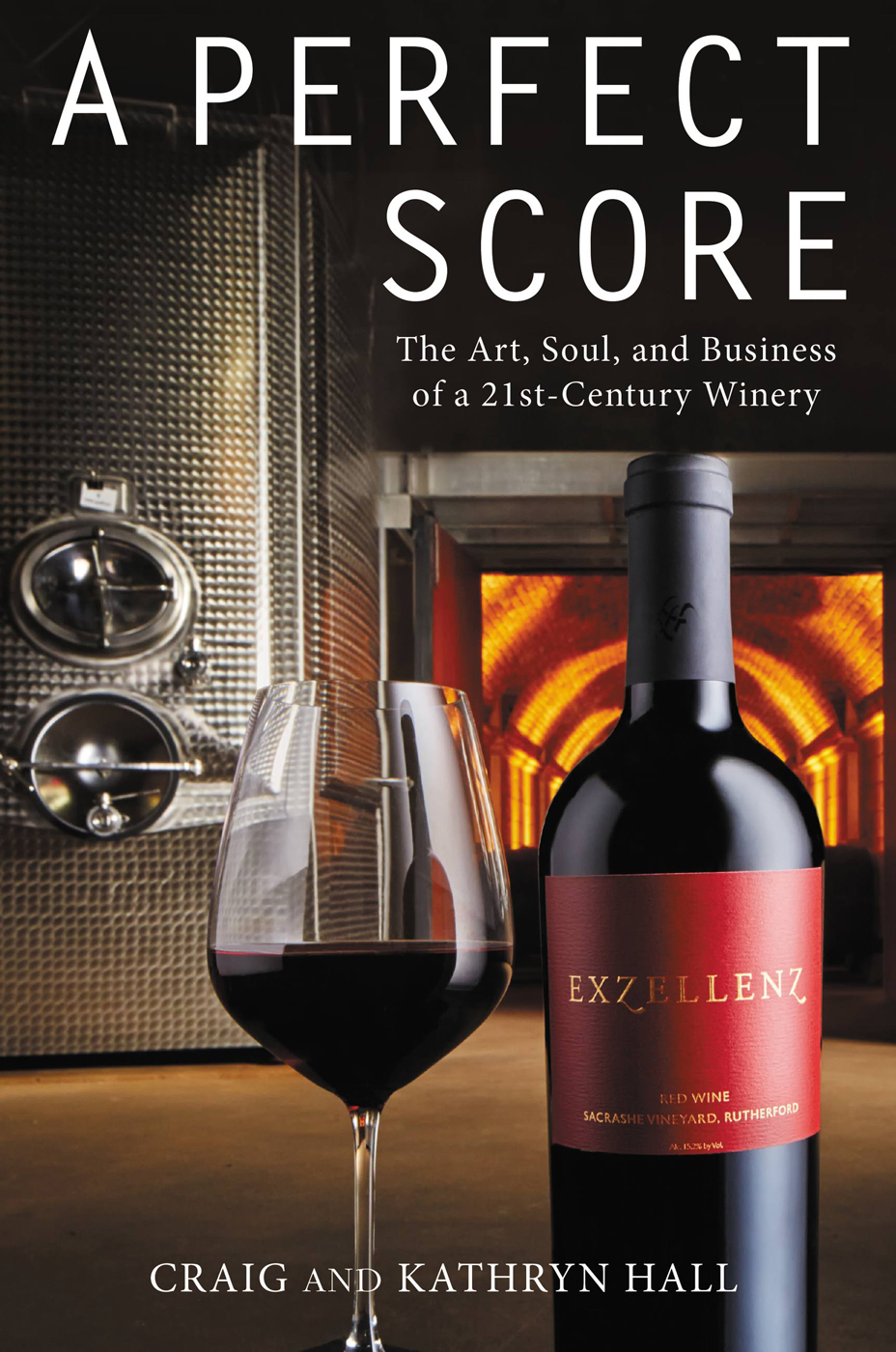Thank you for buying this ebook, published by HachetteDigital.
To receive special offers, bonus content, and news about ourlatest ebooks and apps, sign up for our newsletters.
Copyright 2016 by Kathryn Hall and Craig Hall
Cover design by Jamie Chandler and Justine Di Fede
Photographer: John Bedell
Cover copyright 2016 by Hachette Book Group, Inc.
Hachette Book Group supports the right to free expression and the value of copyright. The purpose of copyright is to encourage writers and artists to produce the creative works that enrich our culture.
The scanning, uploading, and distribution of this book without permission is a theft of the authors intellectual property. If you would like permission to use material from the book (other than for review purposes), please contact permissions@hbgusa.com. Thank you for your support of the authors rights.
Center Street
Hachette Book Group
1290 Avenue of the Americas
New York, NY 10104
centerstreet.com
twitter.com/centerstreet
First Hardcover Edition: September 2016
Center Street is a division of Hachette Book Group, Inc.
The Center Street name and logo are trademarks of Hachette Book Group, Inc.
The publisher is not responsible for websites (or their content) that are not owned by the publisher.
The Hachette Speakers Bureau provides a wide range of authors for speaking events. To find out more, go to www.HachetteSpeakersBureau.com or call (866) 376-6591.
Library of Congress Cataloging-in-Publication Data
Names: Hall, Craig, 1950author. | Hall, Kathryn, 1947author.
Title: A perfect score : the art, soul, and business of a 21st century winery / Craig and Kathryn Hall.
Description: New York : Center Street, [2016]
Identifiers: LCCN 2016015454| ISBN 978-1-4555-3576-7 (hardcover) | ISBN 978-1-4789-1265-1 (audio download) | ISBN 978-1-4555-3578-1 (ebook)
Subjects: LCSH: Wine and wine making. | Wineries.
Classification: LCC TP548 .H2235 2016 | DDC 641.2/2dc23 LC record available at https://lccn.loc.gov/2016015454
ISBNs: 978-1-4555-3576-7 (hardcover), 978-1-4555-3578-1 (ebook)
E3-20160729-JV-PC
To the Bobs who shaped our Napa Valley journey: Bob Walt, Kathryns father, whose contagious love of the land brought him, his wife, Dolores, and their children to the wine country, and thereby us to Napa Valley
and
Bob Mondavi, who with his wife, Margrit, made us feel welcome before we arrived, supported once we were here, and increasingly inspired as the years pass by.
Napa Valleys countryside is full of rabbits. Theyre everywhere. Stand in any vineyard for 30 minutes and youre sure to see several bouncing through the vines. Theres one rabbit, however, that you can see without even getting out of your car: ours. His name is Bunny Foo Foo. He was built in China, shipped across the sea, and assembled with the help of two very large cranes. Our BFF is 35 feet long and 27 feet high, suspended mid-hop on one foot above our St. Helena vineyard bordering Highway 29, the artery that connects San Francisco to Napa Valleys heavenly wine country.
Bunny Foo Foo has a coat of stainless steel that sparkles madly as it reflects our brilliant California sun. We love watching cars pull to the side of the road as people smile at and photograph the sculptures exuberance. Most visitors think of our rabbit as simply a particularly boldand, for some, controversialpiece of contemporary art. For us, Bunny Foo Foo is much more. He embodies the Napa Valley we know, love, and have labored in since 1995.
We wanted a rabbit at our St. Helena property because it reminds us of Kathryns grape-growing roots. As soon as the kids were old enough to walk, one of Kathryns rituals was to lead them through her parents Mendocino County vineyard, singing their family wine-country-themed version of the childrens song: Little Bunny Foo Foo hopping through the vineyard, scooping up the field mice and bopping them on the head. By the time we bought our own land in the Napa Valley in 1995, the kids were too old to be sung to (voluntarily, that is), but the bunny sculpture remains symbolic of that special time.
Bunny Foo Foo is first and foremost a stunning piece of art, the work of Lawrence Argent, the brilliant Australian sculptor who now lives in Colorado. Art is a huge part of the Napa Valley experience and a huge part of our lives. Its also particularly central to the way weve envisioned our winery. Since a memorable wine-drinking experience is always about more than just what is in the glass, weve put a lot of effort into assembling an art collection that would enhance the experience of our guests. Bunny Foo Foo is where he is because he captures the imagination and attracts the interest of winery visitorsa crucial part, we believe, of any thriving winery today. Bunny Foo Foo also delivers an unspoken invitation to turn in to our tasting room.
The story of Bunny Foo Foo hasnt been all rainbows and sunshine. Believe us, absolutely no change happens in Napa Valley without controversy. Installing this particular piece of art in such a prominent location was no exception. On the very evening Bunny Foo Foo went up, as we were standing in line at the local Sunshine Market, the checker commented on how much she loved the new sculpture. Before Kathryn (who is normally the more outgoing of the two of us) could open her mouth to answer, the person behind us in line chimed in, You mean that huge rabbit thing? Well its certainly LAAAARGE enough. We got the message. Later that week the county supervisor began receiving complaints that the county needed to pass an ordinance requiring Bunny Foo Foo be moved. Luckily, Bunny Foo Foo was perfectly legal in every respect, and were happy to say that since then most everyone has come around and loves him as much as we do.
So, why are we going on and on about our big rabbit sculpture? Because Bunny Foo Foo has come to symbolize our Napa experience, and he sums up in so many different ways the adventures chronicled in this book. When we look at him, we think about the roots weve put down in Napa. He represents the intersection of art, nature, globalization, and technology that we see as being at the heart of the winemaking process. Running a winery is pretty straightforward: You grow the grapes, harvest them, ferment the juice, age the wine, bottle it, and sell it. The difference lies in the approach. Ask 100 people to draw a bunny, and theyll produce 100 very different renditions. The same principle applies here. In our case, our personalities and passions, along with those of our team, have dictated our decisions and shaped everything from the design of our wineries to the taste of the wine itself.
Bunny Foo Foos presence trumpeting the HALL name to all who drive past also signifies what we see as the future of the wine industry: the importance of building a strong, high-quality brand known for its superior wine and its ability to understand and respond to the needs and desires of our patrons.



